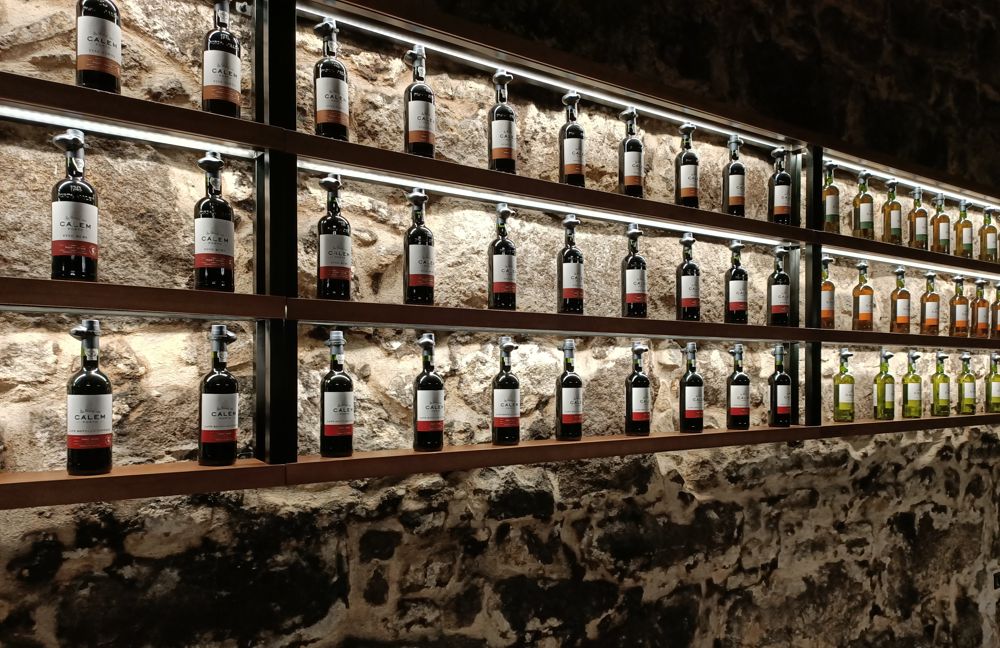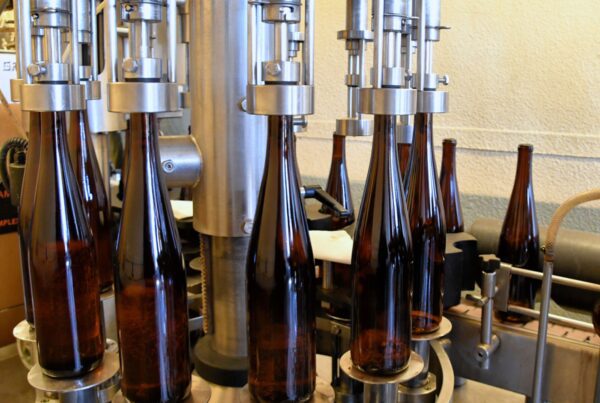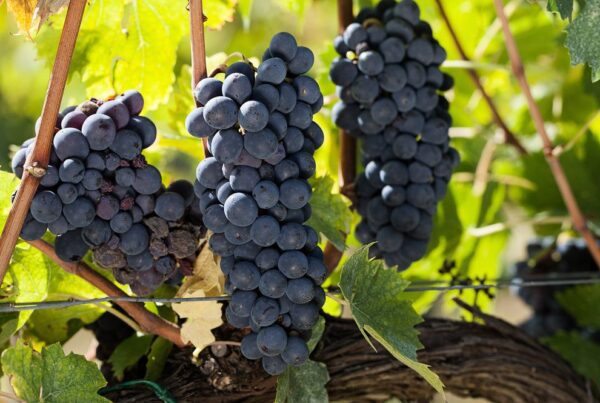Port wine is a premium wine that should be enjoyed fully.
This includes knowing how and when to drink it.
In this article, you will learn how and when to serve Port wine.
Quick answer: Serve Vintage and Ruby Ports after dinner with strong cheese or chocolate dessert. Serve in a white wine glass at room temperature.
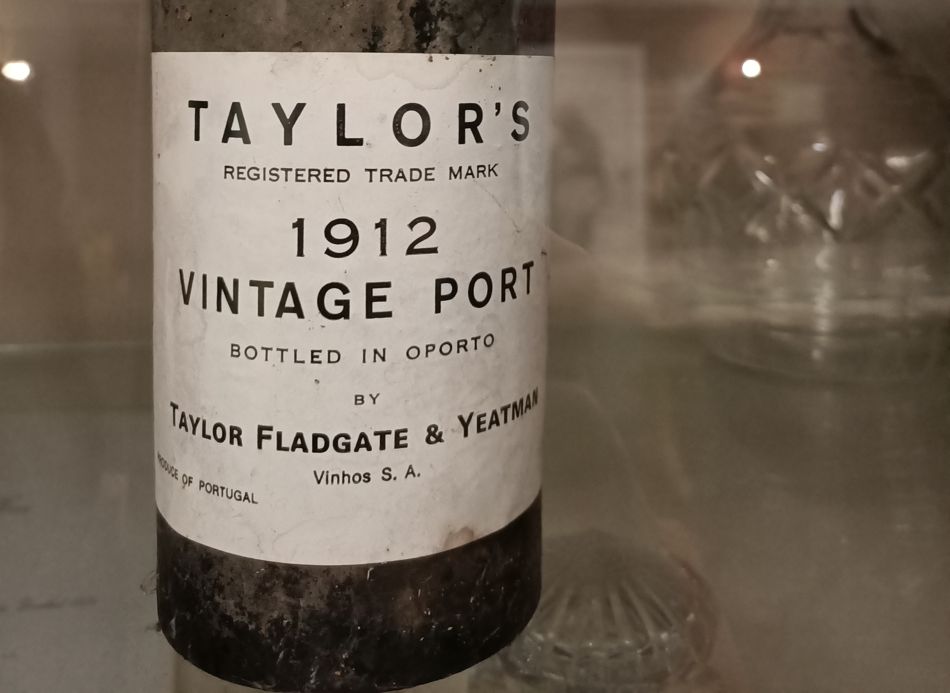
Contents
What glass to serve Port wine in
Port is traditionally served in a Port glass; however, nowadays many Port producers recommend a larger glass. Port glasses are small and don’t permit much swirling and nosing of the wine.
A good quality white wine glass will work well, but you can use any glass that is large enough to allow swirling and nosing.
There is a mind-boggling array of types of wine glasses these days. Choose something that you like the style of that is similar in size to a regular white wine glass.
Ensure that whatever glass you use is clean and free from any odors as this can affect the taste of the wine. Give your glass a whiff and if you detect any odors, wash it again.

Pairing Port wine with food
Vintage and Ruby Port pair beautifully with strong cheese and dark chocolate desserts. For details on what to pair with all types of Port–Ruby, Vintage, Tawny, White and Rosé–see our article on Port pairings.
How to serve Ruby Port
Ruby Port is full-bodied and sweet with a vibrant ruby color.
It has primary fruit flavors (red and black berries) as well as notes of chocolate and spices like cinnamon.
Ruby, Reserve and Late Bottle Vintage (LBV) Port are typically served at the end of a meal. They can be sipped on their own or serve with cheese or dessert.
They are ready to drink (apart from some unfiltered LBVs) and do not require decanting.
Serve Ruby, Reserve and LBV port between 15-18 °C (59-64℉).
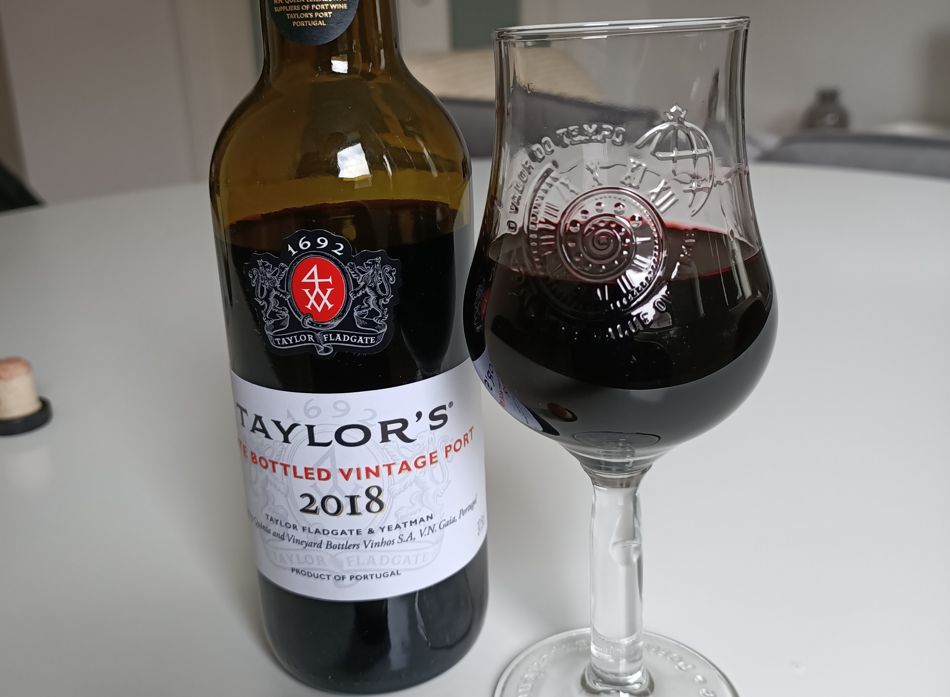
How to serve Vintage Port
Vintage Port is produced in limited quantities and only during exceptional harvest years. They are age-worthy Ports, made with the best grapes from the best vineyards.
Young Port typically has primary fruit flavors, such as berries, as well as floral and herbal notes.
Aged and mature Vintage Port develops complex tertiary aromas such as dried fruit, caramel, nuts, spices and leather.
Vintage Port is bottled unfiltered and therefore must be decanted, especially when it has been aged for long periods.
As Vintage Port ages, it throws a heavy sediment. Decanting wine ensures the sediment, which can taste unpleasant, remains in the bottle.
See our article on how to decant wine for details on decanting.
Vintage Port is typically served at the end of a meal. It can be sipped on its own or served with cheese or dessert.
Serve Vintage Port between 15-18 °C (59-64℉).
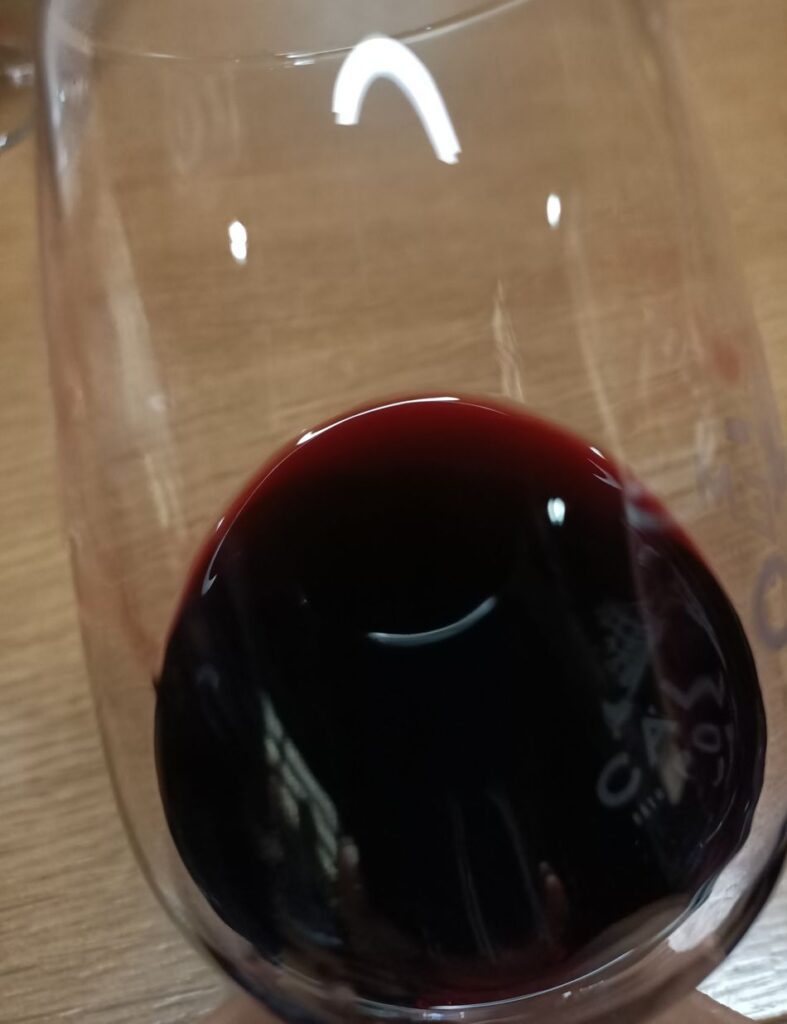
How to serve Tawny Port
Tawny Port is a sweet, full-bodied wine that ranges from tawny (more brown than red) to brown (no redness) in color.
As Tawny Port ages the primary fruit flavors fade and transform into dried fruit flavors, such as raisins and prunes. Tawny Ports also have notes of walnut, chocolate, coffee and caramel.
Serve Tawny Port with dessert or main dishes featuring tawny flavors, such as dried fruits and walnuts.
Tawny Port is ready to drink and does not need to be decanted.
Serve Tawny Port slightly chilled between 14-16 °C (57-61℉).
How to serve White and Rosé Port

White Port has fresh fruity and floral aromas. Aged and mature White Ports develop complex tertiary aromas such as nuts, honey and dried fruits (apricots).
Rosé Port is floral and fruity (cherry, strawberry, raspberry).
Serve White and Rosé Port as an apéritif (before dinner), with salads, or fruity desserts. They also both make an excellent ingredient for summer cocktails.
Serve White and Rosé Port well chilled, between 6°C to 10°C (43-50ºF).
The hoggit – A Port wine serving tradition
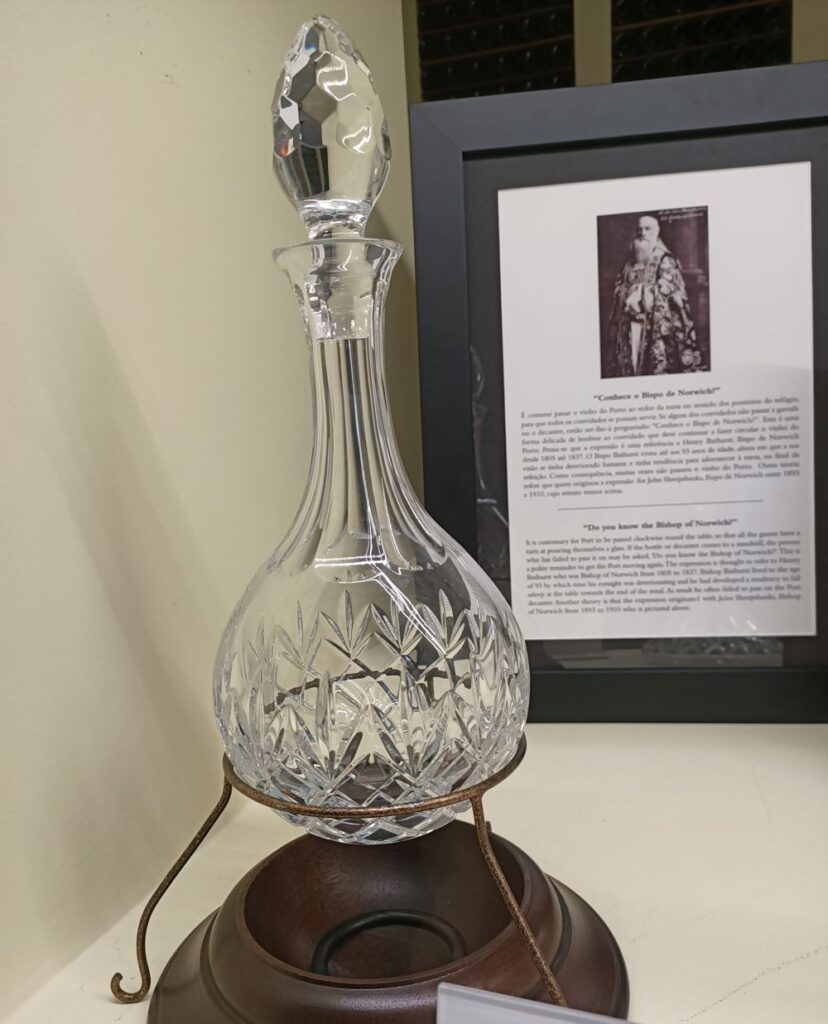
Port wine was traditionally passed around the table clockwise in a hoggit.
A hoggit is a round bottomed decanter that can’t be put down unless it is resting on a wooden cradle or base.
The base was usually next to the host who would pass it to the person sitting to their left. Each guest would continue to pass the hoggit clockwise around the table after pouring themselves a glass of Port.
Because the decanter cannot be placed down without the wooden base, it has to keep moving from guest to guest ensuring that no one is “hogging” it.
So, if you have questionable guests coming to dinner, you know what to serve your Port in!
Read with confidence: I am a certified wine expert (WSET L3).


